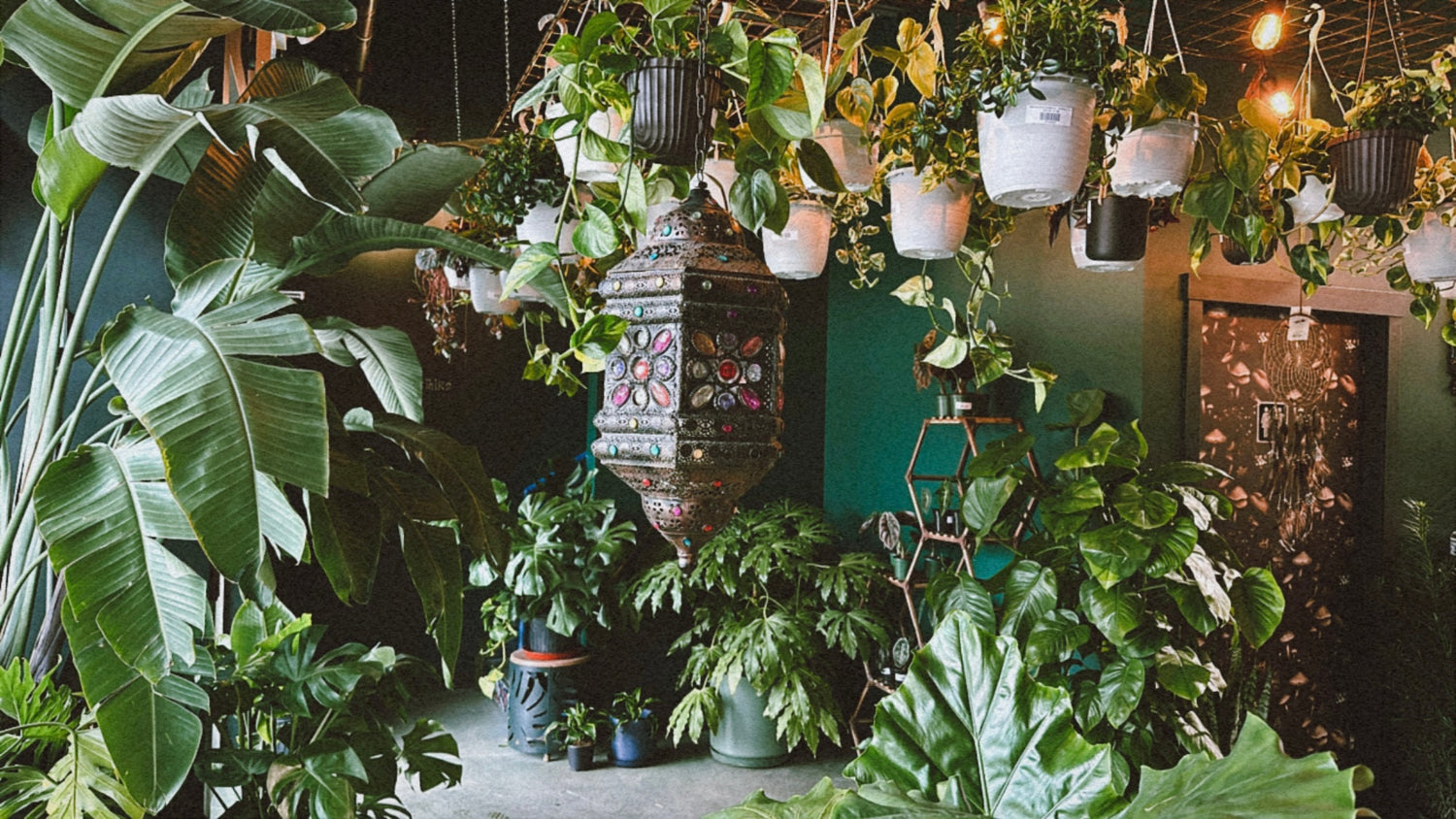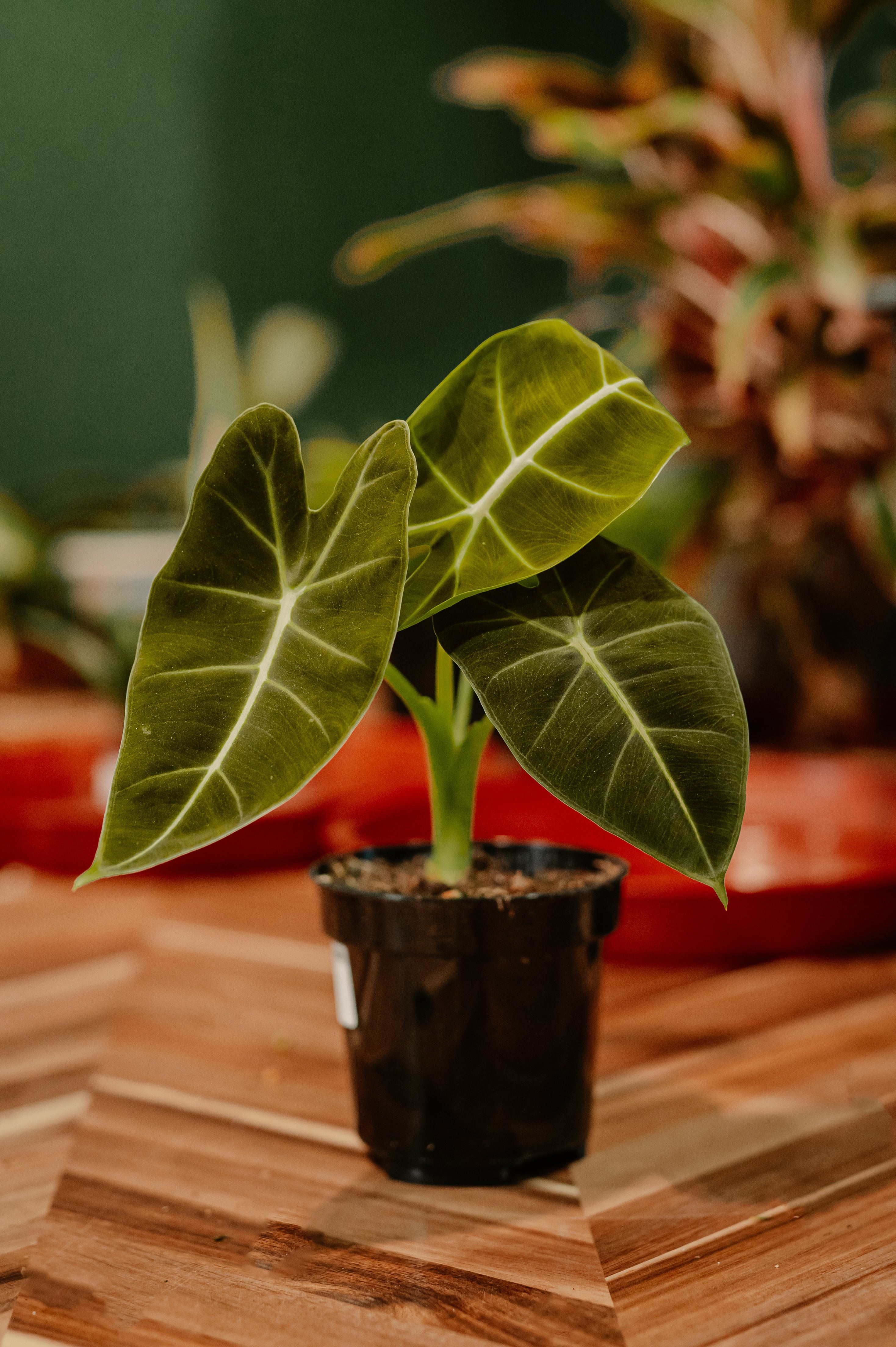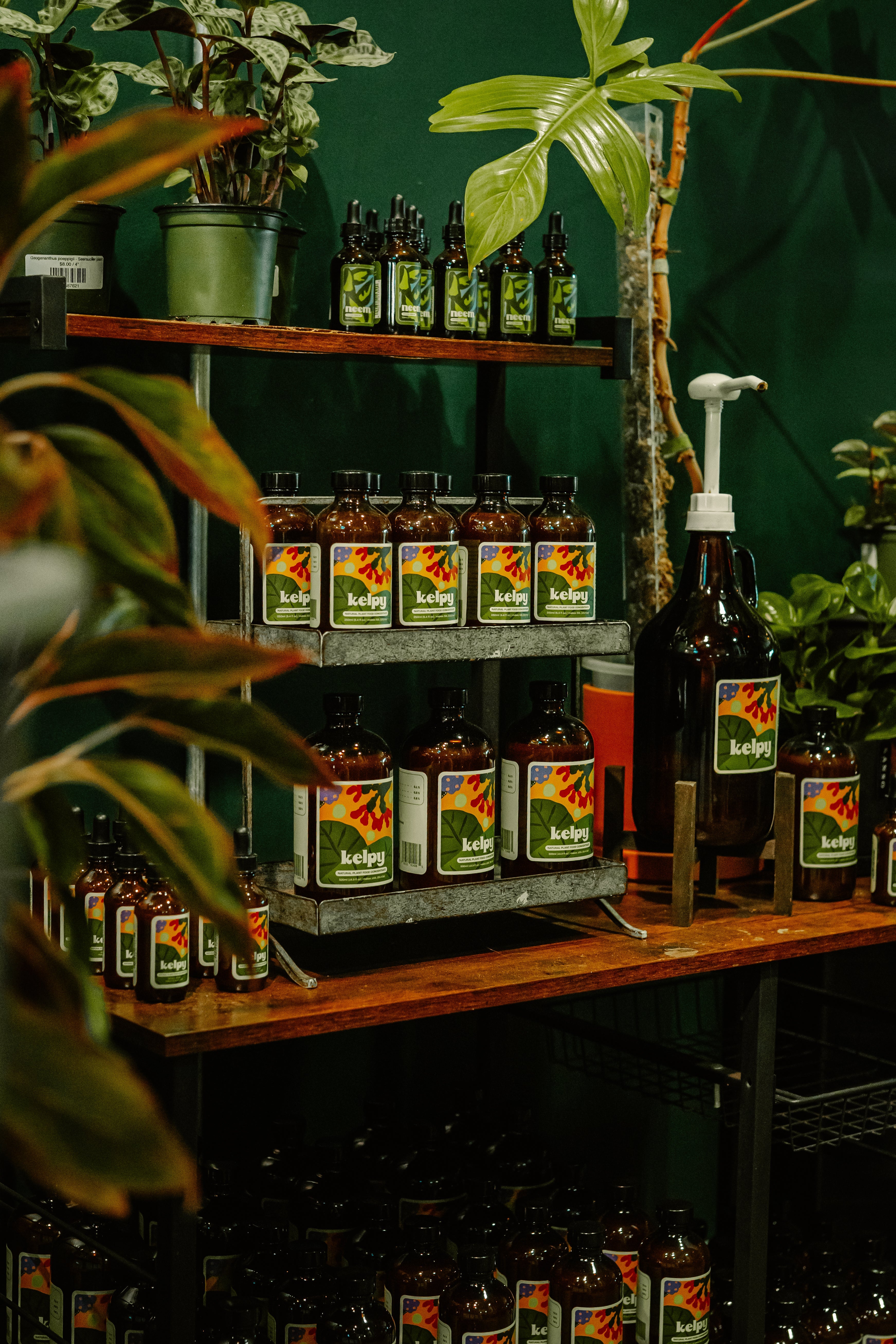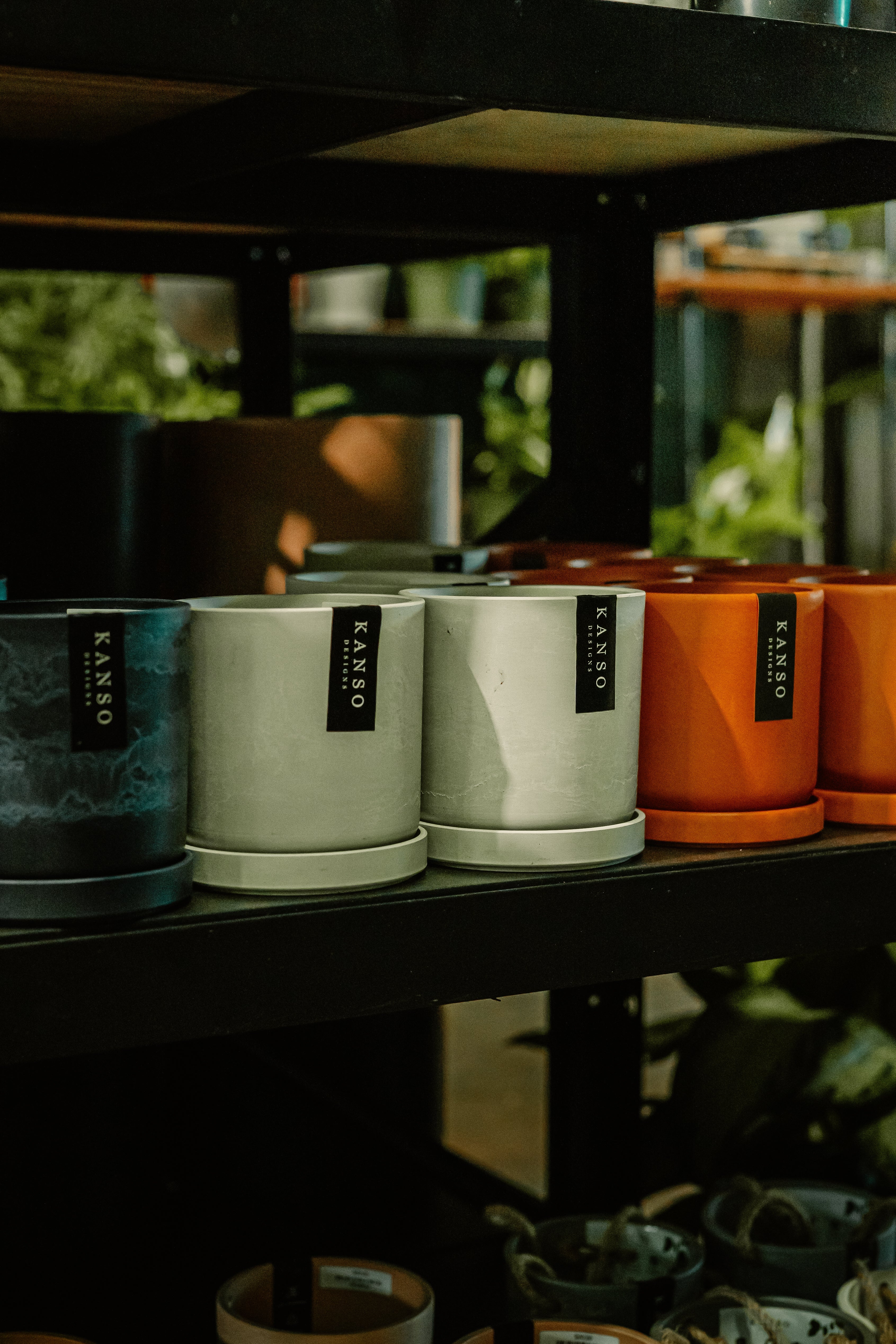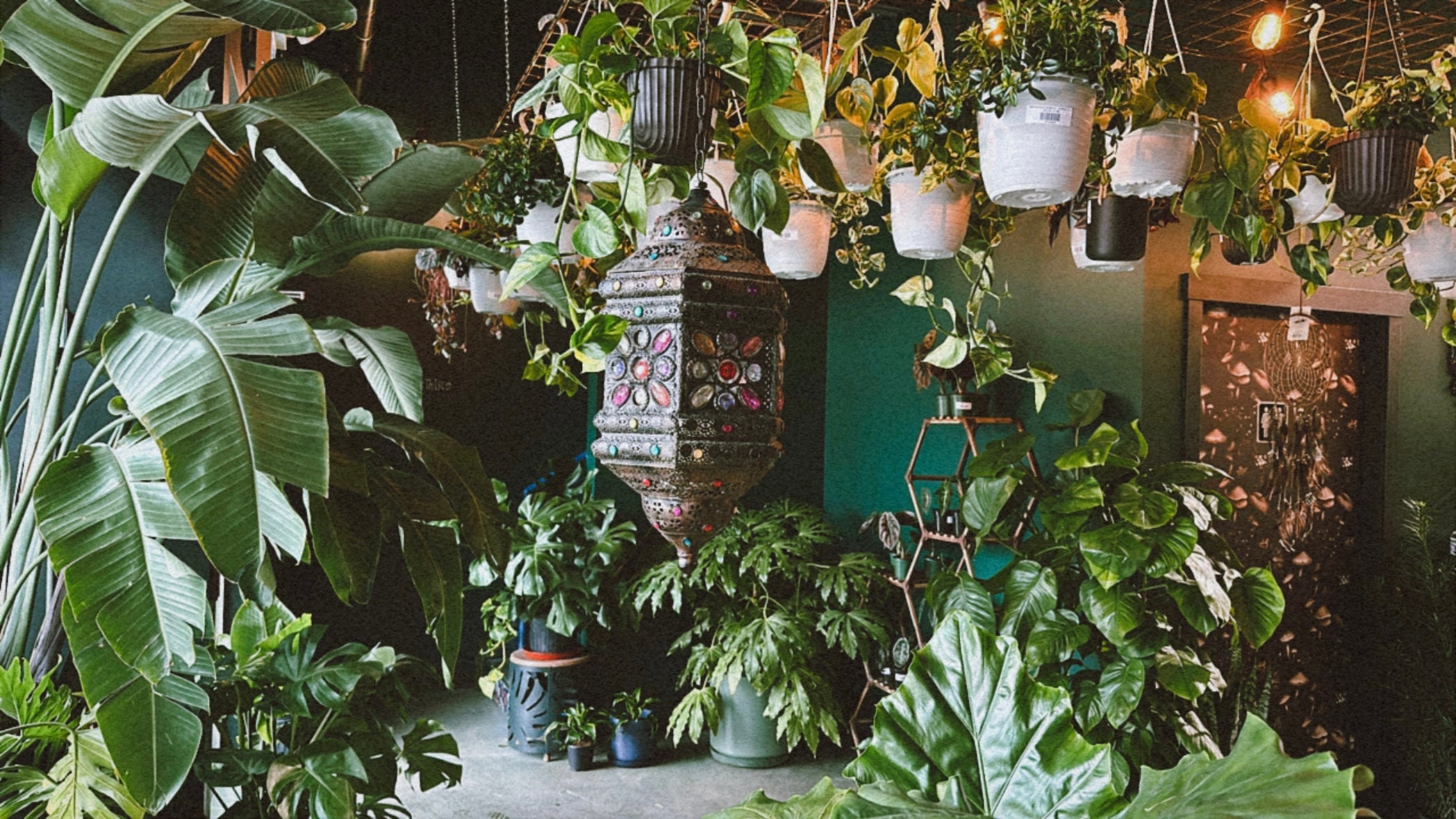
Hoya Curtsii
$12.00
Unit price perAre you looking for a low-maintenance miniature Hoya vine? Let us introduce you to a perennial climber, the Hoya curtisii plant. It grows horizontally to form tight mats on the soil, turning into a cascading dangler later. The small and olive green succulent leaves are mottled with grey and have pointed apex. Moreover, this compact grower gets beautiful star-shaped flowers, growing in clusters to enhance the outlook of your thick-leaved vine.
Care
Light: Bright, indirect light is best for the optimal growth of the Hoya Curtsii plant. Choose an indoor position near a window that will provide plenty of indirect bright sunlight. The plant cannot tolerate direct sunlight combined with high heat, as it will scorch the flowers and leaves.
Water: The Hoya Curtsii is semi-succulent, so it can survive with minimal watering. You should maintain slight moisture in the potting soil, but thee plant can tolerate short dry periods because the semi-succulent vines are good at storing moisture. So even if you forget to water the plant once or twice, it still has some moisture stored to survive.
Temperature/Humidity: Prefers high humidity.
Soil/Potting: All Hoyas need to be potted in planters with drainage. These plants are very sensitive to too much water, so be sure to use a well draining soil with plenty of pumice and/or perlite. We suggest 1/3 peat, 1/3 perlite, and 1/3 orchid mix(bark, perlite, or charcoal). Good drainage and aeration are key! Hoyas don't mind being rootbound, it's said keeping your Hoya rootbound will accelerate blooming!
Care Tips: Prone to spider mites and mealy bugs dependent on environment and exposure. Never cut the long tendrils! Leaves and flower clusters develop from these.
Plant Gather ships items at buyer's expense and risk. We are not responsible for any plants after they have been shipped, however if there are issues, please email us at hello@plantgathershop.com to discuss.

